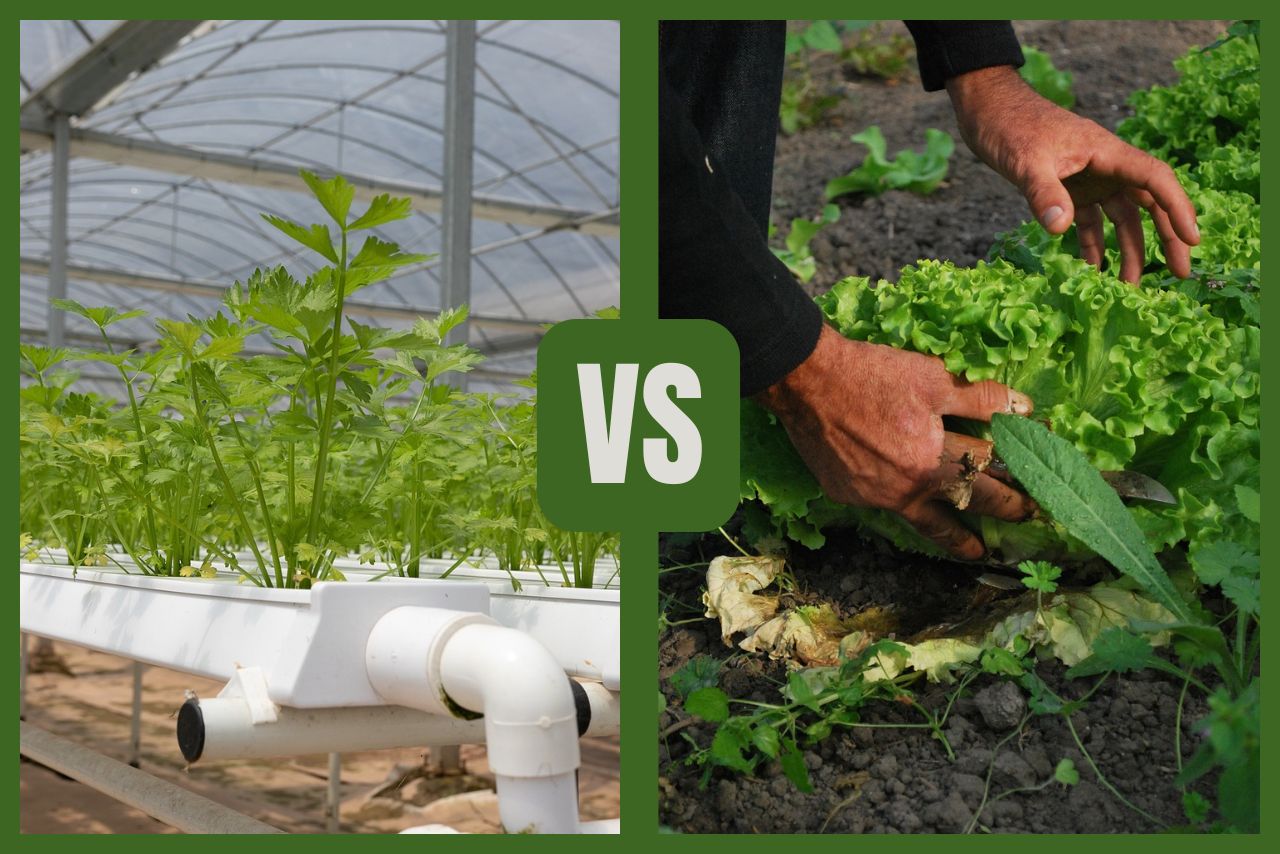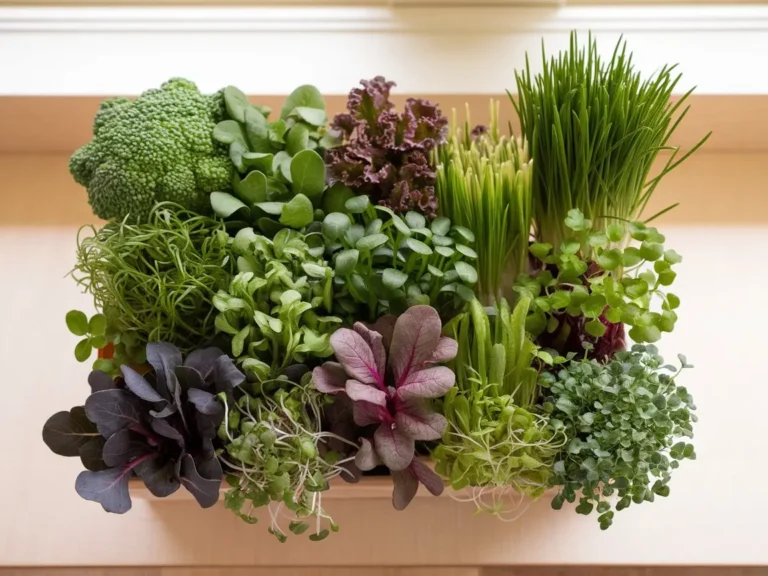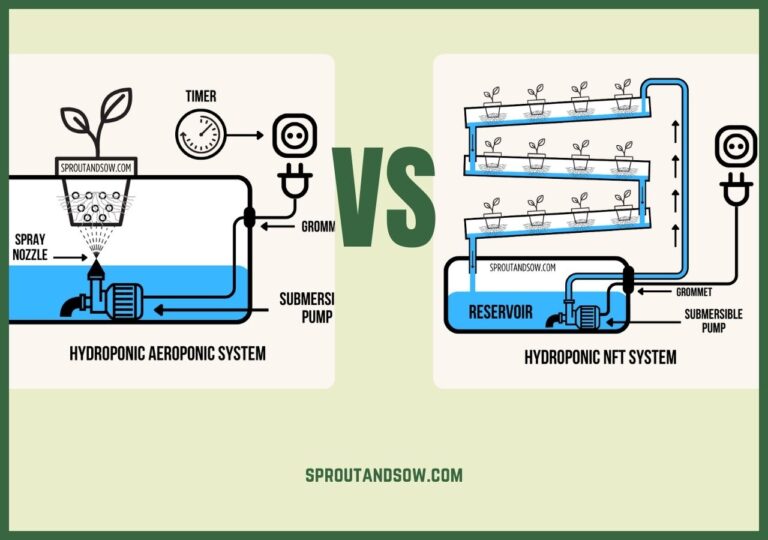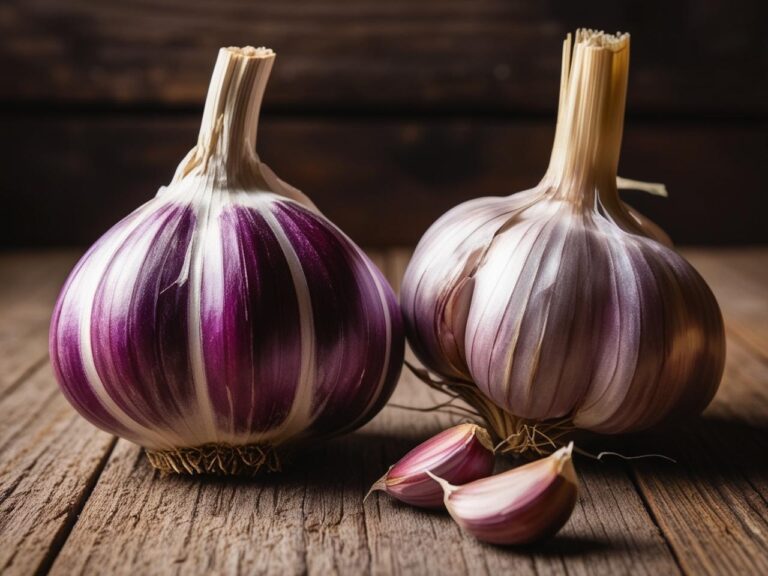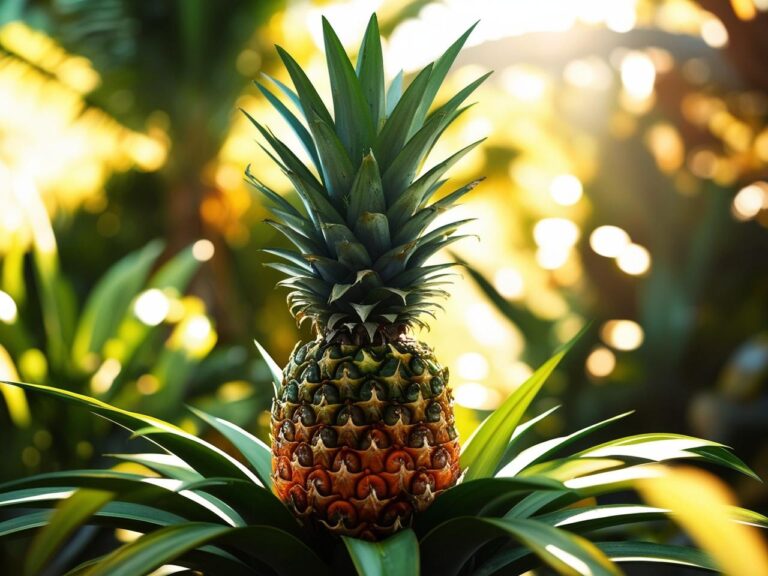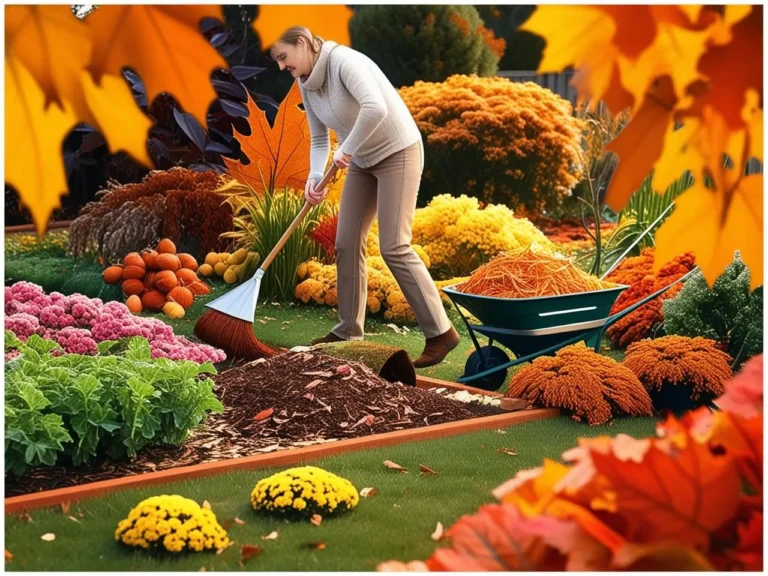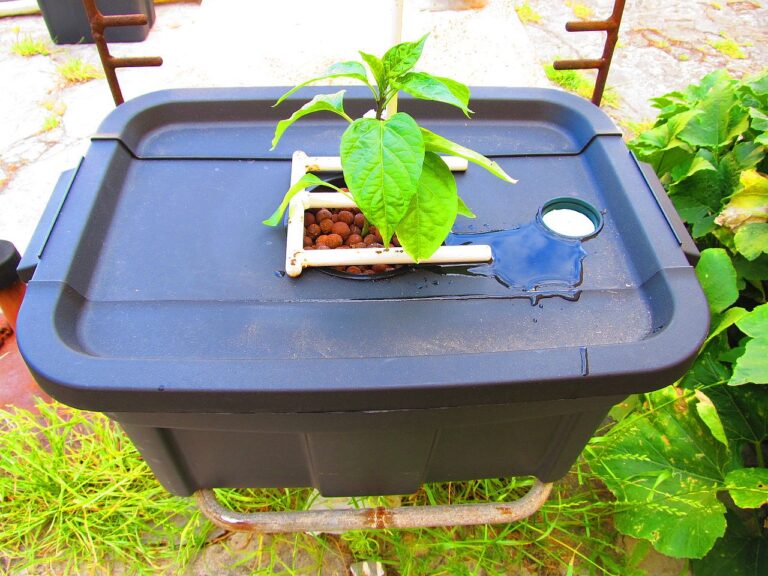Hydroponics vs. Traditional Gardening: Which is Better?
When it comes to growing your own plants, there’s a hot debate: hydroponics vs. traditional gardening. Each method has its passionate fans, and both come with their own unique benefits and challenges. But if you’re looking to decide which is better for you, it helps to understand how they compare in terms of efficiency, cost, maintenance, and overall results.
In this guide, we’ll break down the key differences between hydroponics and traditional gardening, so you can decide which method suits your lifestyle, space, and gardening goals.
Curious about starting with hydroponics? Our Complete Guide to Hydroponics for Beginners can help you decide if it’s the right choice for you.
1. Water Usage
Hydroponics: One of the standout benefits of hydroponics is its efficient use of water. In a hydroponic system, water is recirculated, and plants only absorb what they need. This means that hydroponics uses up to 90% less water than traditional gardening.
Traditional Gardening: In traditional soil-based gardening, much of the water you use is lost through evaporation, runoff, or absorption into areas where the plant roots can’t reach. It requires more frequent watering, especially in hot or dry climates.
Verdict: If you’re looking to conserve water, hydroponics is the clear winner.
2. Space Requirements
Hydroponics: Hydroponic systems allow you to grow more plants in less space. Because plants don’t need soil and can grow vertically, hydroponics is perfect for urban gardeners or anyone with limited space. You can even set up a small system indoors!
Traditional Gardening: Traditional gardening requires enough outdoor space for the plants to spread their roots. It’s often dependent on the quality of soil and the amount of space you have in your garden or yard. For those with large outdoor areas, this isn’t an issue, but for apartment dwellers, it can be limiting.
Verdict: Hydroponics is more space efficient, especially for those with limited growing areas.
3. Growth Speed and Yield
Hydroponics: One of the most exciting advantages of hydroponics is the speed at which plants grow. Without soil, plants can absorb nutrients directly from the water, speeding up their growth cycle. Hydroponic plants often grow 30-50% faster and can produce higher yields compared to their soil-grown counterparts.
Traditional Gardening: While soil provides natural nutrients, it can’t deliver them as efficiently as a hydroponic system. Growth rates in traditional gardening are slower due to the plant having to extend roots to search for nutrients in the soil. Yields may also be lower because the plant’s growth is influenced by weather, soil quality, and other uncontrollable factors.
Verdict: Hydroponics generally offers faster growth and higher yields, especially when systems are well-maintained.
4. Setup and Cost
Hydroponics: Setting up a hydroponic system requires some upfront investment. You’ll need to buy or build the system, purchase nutrients, grow lights (if you’re growing indoors), and maintain the equipment. However, once you’ve set it up, operational costs can be low, especially with water and nutrient efficiency.
Traditional Gardening: Traditional gardening has fewer upfront costs. You’ll need soil, seeds, and basic tools, but you won’t need specialized equipment. That said, traditional gardening can become expensive if you need to buy fertilizers, amend poor soil, or deal with pest control regularly.
Verdict: Traditional gardening is cheaper to start, but hydroponics can be more cost-effective in the long run, especially in areas where water is expensive or limited.
5. Maintenance and Effort
Hydroponics: While hydroponics might seem “set it and forget it,” it does require regular maintenance. You’ll need to monitor pH levels, nutrient concentrations, and ensure that your system is clean and functioning properly. Pumps and lights (if growing indoors) also need attention. However, there’s no weeding required, and pest issues are often minimized.
Traditional Gardening: Traditional gardening requires a lot of physical work planting, weeding, watering, fertilizing, and dealing with pests. Depending on your garden’s size, this can be a relaxing hobby or an overwhelming chore. Mother Nature can also throw a wrench in your plans with unexpected weather, forcing you to adjust and care for your plants accordingly.
Verdict: Hydroponics requires less physical effort but more attention to technical details, while traditional gardening is more physically demanding but simpler in terms of upkeep.
6. Plant Variety
Hydroponics: Hydroponics allows you to grow many types of plants, but some larger plants or deep-rooted crops (like potatoes or carrots) can be difficult to manage in a hydroponic setup. However, leafy greens, herbs, tomatoes, peppers, and strawberries thrive in hydroponic systems.
Traditional Gardening: In a traditional garden, you can grow almost anything as long as you have enough space and the right conditions. From root vegetables to fruit trees, traditional gardening gives you the freedom to plant a wider variety of crops.
Hydroponics offers some unique plant options, check out our list of The Best Hydroponic Plants for Beginners if you’re exploring which plants to try first.
Verdict: Traditional gardening offers more flexibility in terms of plant variety, but hydroponics excels with fast-growing, high-yield crops.
7. Environmental Impact
Hydroponics: Hydroponics uses less water, doesn’t require pesticides, and can be done in controlled environments, reducing the need for large-scale land use. However, it does rely on electricity for lights, pumps, and other equipment, which can increase its environmental footprint if not offset by renewable energy sources.
Traditional Gardening: Traditional gardening can be highly sustainable if done right, especially if you use organic methods. However, it often requires more water and space, and conventional gardening may involve the use of chemical fertilizers and pesticides that can harm the environment.
Verdict: Both methods can be environmentally friendly, but hydroponics has the edge in water conservation and space efficiency.
Conclusion
So, which is better, hydroponics or traditional gardening? It really depends on your goals and resources. If you want fast growth, efficient water use, and have limited space, hydroponics is the way to go. On the other hand, if you enjoy the physical act of gardening, have plenty of outdoor space, and want to grow a wide variety of plants, traditional gardening may be more your speed.
Both methods have their strengths, and in the end, you can’t go wrong as long as you’re growing plants and enjoying the process. Whichever path you choose, the rewards of home-grown produce and the joy of gardening will make it all worthwhile. Happy Gardening!

